Lush, green, and quietly captivating—moss brings a timeless beauty to any garden space. Whether clinging to stone, creeping across wood, or carpeting soil, moss gardens create an atmosphere of calm and connection with nature.
Growing moss is easier than you might think. With the right techniques, you can encourage it to thrive on a variety of surfaces, adding texture and depth where few other plants will grow. Plus, moss requires minimal maintenance and offers year-round visual interest.
In this article, learn how to grow moss gardens on stone, wood, and soil—and turn overlooked spaces into serene, living works of art.
Choosing the Right Location
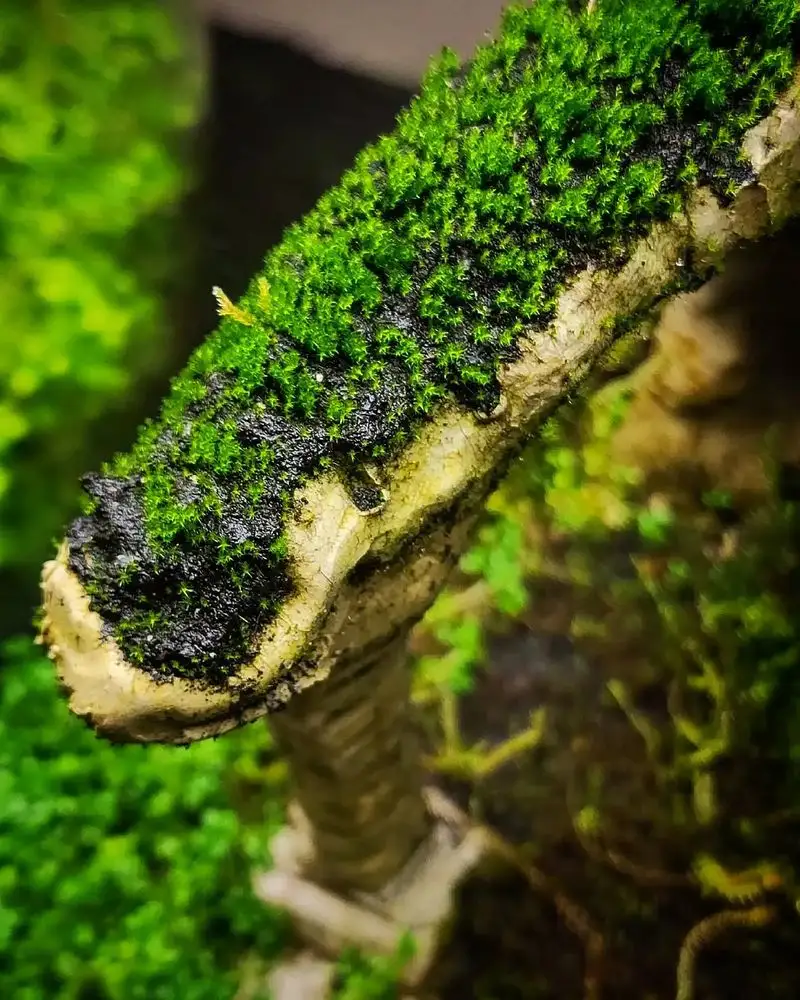
Finding the perfect spot is crucial. Moss thrives in shaded, moist environments, away from direct sunlight. Observe your garden for areas that remain damp but not soggy. An ideal location is under trees or beside a north-facing wall, where sunlight is limited. It’s essential to consider the existing vegetation, as moss competes with grass and other plants. Make sure the chosen spot is free from debris and has good air circulation. Once established, moss creates a calming, natural carpet that enhances any space.
Preparing the Surface
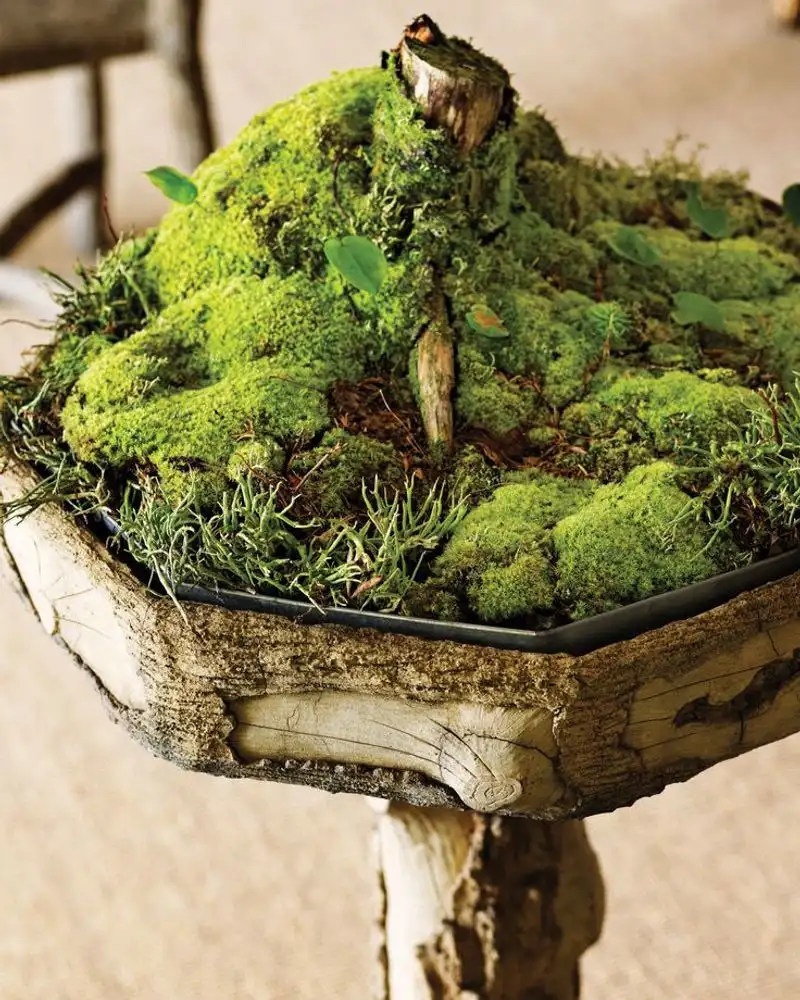
Before planting, surfaces must be meticulously prepared. Begin by cleaning the area, removing any dirt, leaves, or existing plant material. For stone or wood, scrub gently with a brush to expose the natural surface. Ensure it’s free from contaminants like algae or fungi. On soil, rake the ground to loosen the top layer, providing a receptive bed for moss spores. Preparation is about creating a hospitable environment for moss to take hold, emphasizing cleanliness and texture. The right start ensures healthy growth.
Selecting Moss Species
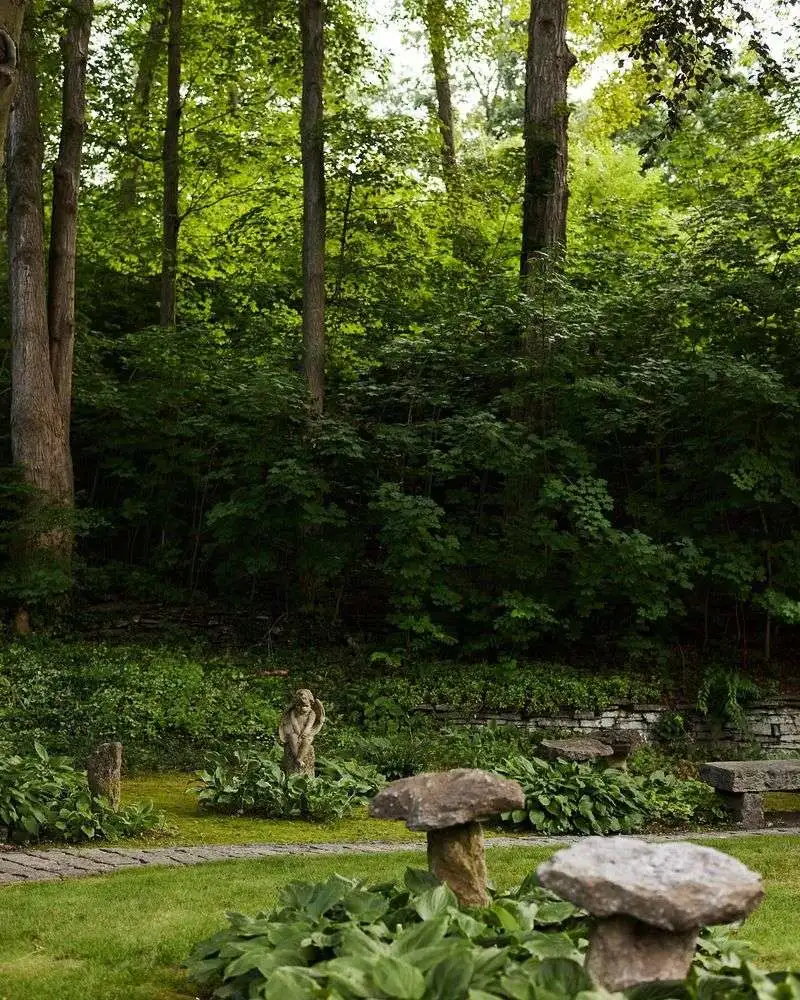
With over 12,000 species, choosing the right moss is an exciting challenge. Consider your local climate and the specific conditions of your garden. Some mosses prefer acidic soils, while others thrive on alkaline surfaces. Research native species to find a natural fit. Experimenting with multiple types can add texture and depth to your garden. Remember, the right species will not only survive but flourish in your unique environment. It’s an opportunity to explore and personalize your moss garden.
Creating a Moss Slurry

Transforming moss into a slurry helps in propagation. Blend together moss, water, and a liquid like buttermilk or yogurt, which acts as a binding agent. This mixture can be painted or poured over the desired area. Ensure even coverage for consistent growth. The slurry method is particularly useful for vertical surfaces or uneven terrain. It encourages moss spores to cling and develop roots. This creative technique speeds up the process, offering quick results in moss cultivation.
Watering Techniques
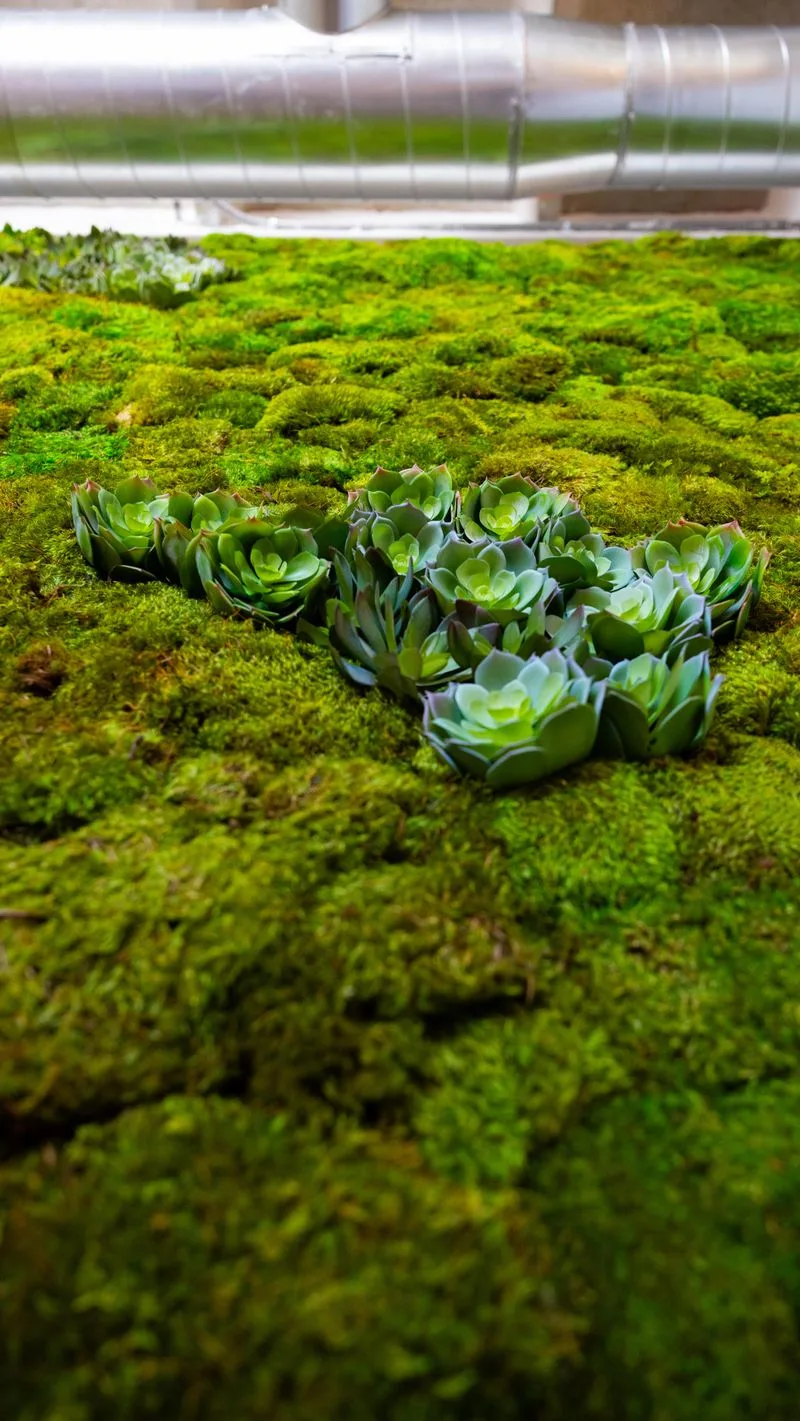
Proper watering is vital for moss health. Unlike traditional plants, moss absorbs moisture directly through its leaves. Use a spray bottle to mist rather than soak. The goal is to keep the environment humid without drowning the moss. Morning is an ideal time to water, as evaporation is slower. Pay attention to the weather; rainy days reduce the need for additional watering. Consistent yet moderate moisture ensures your moss garden remains vibrant and thriving. It’s a delicate balance that’s easily mastered.
Controlling Weeds and Pests

Maintaining a weed-free space is essential for moss growth. Regularly check for weeds, as they compete for nutrients and space. Gently remove any intruders by hand, taking care not to disturb the moss. Pests are less of a problem but watch for slugs and snails, which can be deterred with natural barriers. Using organic solutions keeps your garden eco-friendly. Vigilance in weed and pest control protects your moss, allowing it to thrive unhindered. This attention to detail fosters a healthy moss ecosystem.
Promoting Growth with Fertilizers

Fertilizing moss requires a light touch. Specialized moss fertilizers or diluted fish emulsion can provide nutrients without overwhelming the delicate plants. Apply sparingly, as too much can be detrimental. Focus on the growing season, usually in spring and fall, to promote vigor. Monitor moss response and adjust accordingly. The right nourishment enhances color and vitality, making your moss garden stand out. This thoughtful approach ensures robust growth and a rich appearance, continuously enhancing your green haven.
Encouraging Moss on Wood

Wood surfaces offer a unique canvas for moss. Select weathered wood with a porous texture, as it provides a better grip for moss. A moss slurry application works well here, adhering the spores to the uneven surface. Keep the wood damp, especially in the early stages, to encourage attachment. Over time, the moss integrates with the wood, creating a harmonious blend of nature and art. This method transforms ordinary logs or branches into captivating garden features, adding a touch of woodland charm.
Maintaining Ideal Conditions
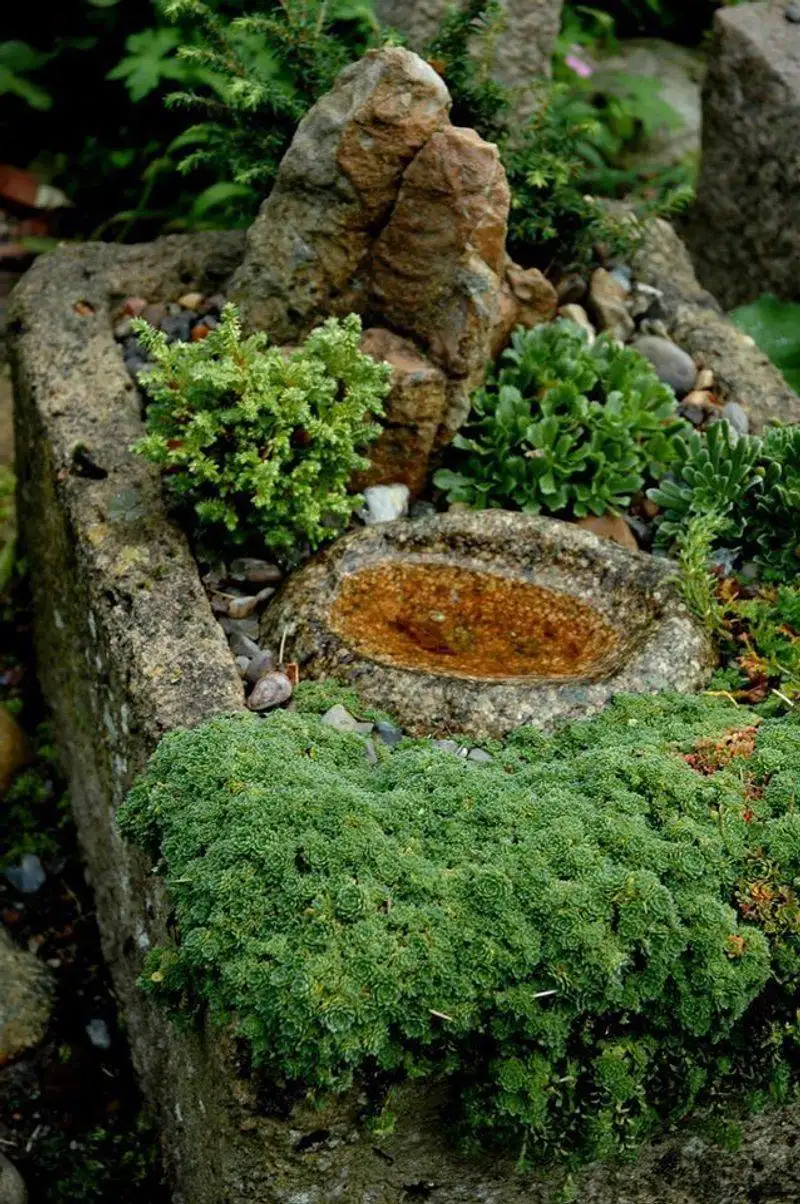
Monitoring the environment is key to moss success. Keep an eye on humidity and temperature levels, using tools like hygrometers and thermometers. Moss prefers cool, moist conditions. Adjustments may be needed in extreme weather. Provide shade during hot spells or additional misting in dry periods. It’s about creating a balanced habitat that mimics natural settings. Regular observation and subtle interventions maintain a thriving moss garden. This careful stewardship ensures long-lasting beauty and growth.
Creative Moss Arrangements
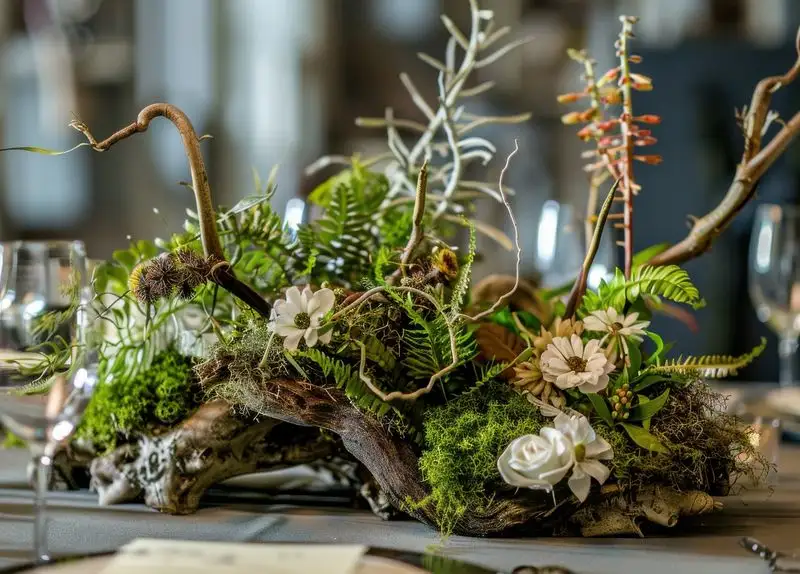
Moss gardens offer artistic freedom. Experiment with patterns, shapes, and textures to create a visually stunning display. Consider using stones, logs, or even statues as canvases. The contrast between moss and hard surfaces adds depth and intrigue. Plan your arrangement thoughtfully, considering growth patterns and colors. This creative process transforms your garden into a living masterpiece. It’s an opportunity to express individual style and create a tranquil retreat, reflecting personal aesthetics and the serene beauty of moss.

